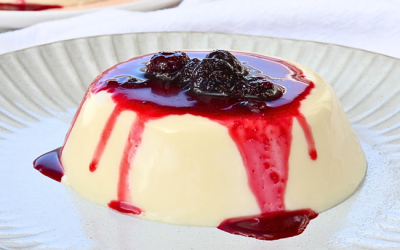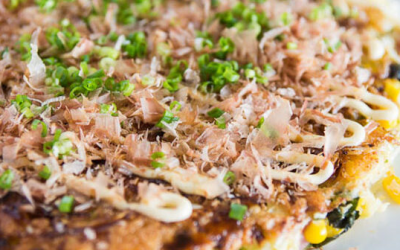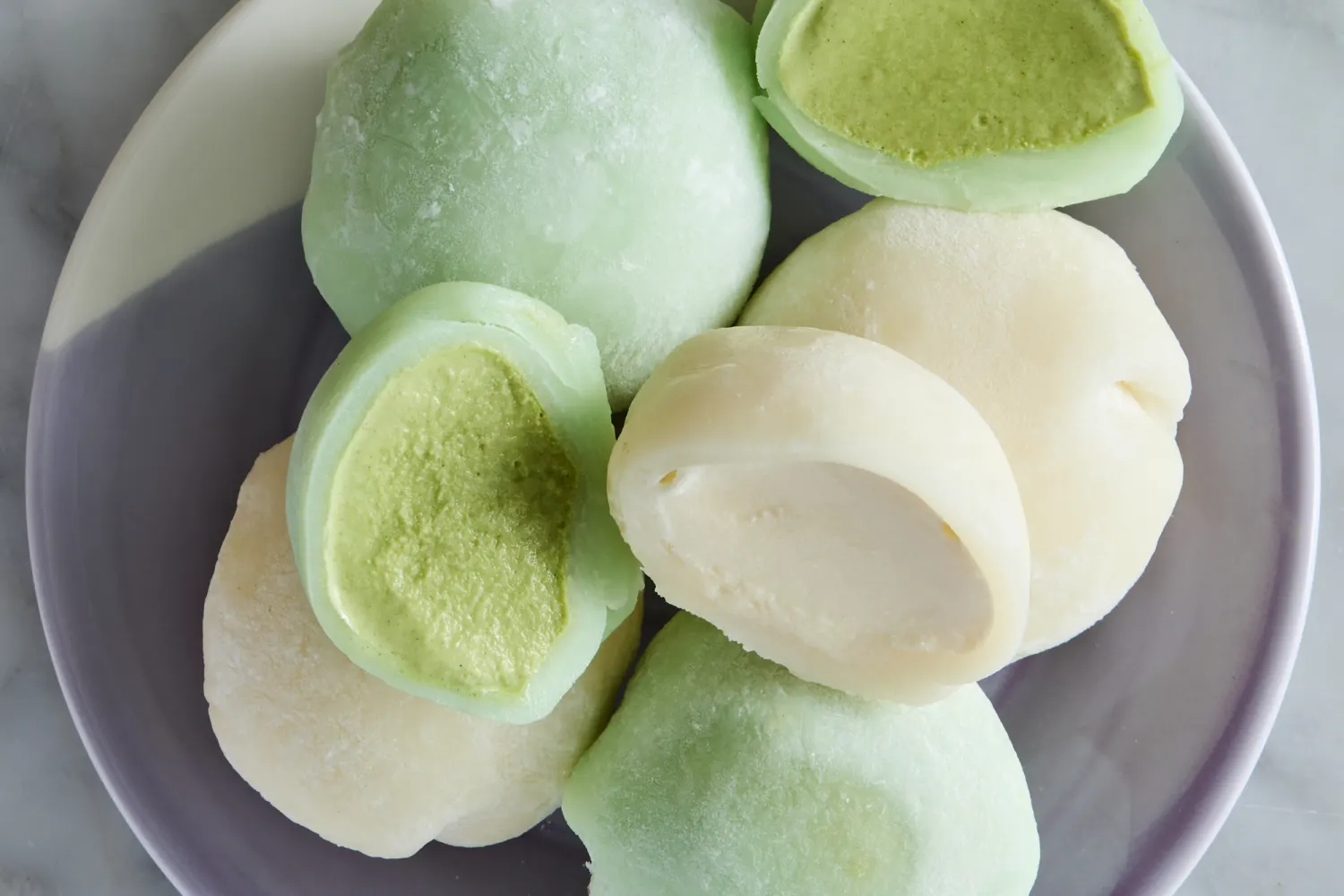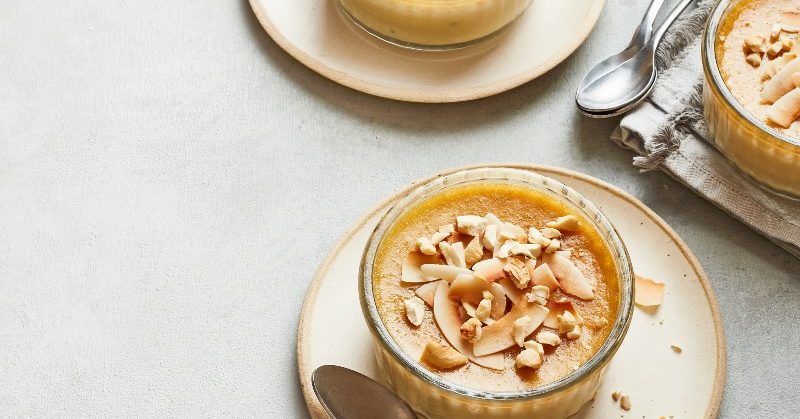Mochi, the chewy rice cake made from glutinous rice, is far more than just a dessert in Japan—it’s a symbol of tradition, family, and celebration. While mochi is enjoyed year-round, it holds a particularly special place during Japanese New Year (Oshogatsu), where it’s used in rituals and eaten as a way to welcome good fortune. Its sticky texture and subtle flavor represent unity and longevity, values deeply respected in Japanese culture.
The process of making mochi, known as mochitsuki, involves pounding steamed rice in a rhythmic, often ceremonial manner. Families and communities gather for this event, not just to make the treat but to connect through shared history and customs. Food historians emphasize how this centuries-old practice is passed down from generation to generation, linking modern Japan to its agrarian roots and spiritual beliefs. Even the round shape of mochi symbolizes harmony and completeness.
In recent years, mochi has gained international popularity in the form of mochi ice cream or colorful seasonal varieties, yet its cultural essence remains intact in Japan. Understanding mochi’s significance enhances appreciation not only for its texture and taste, but also for its enduring role in Japanese identity. It’s a dessert with a story—soft on the outside, rich in meaning within.











